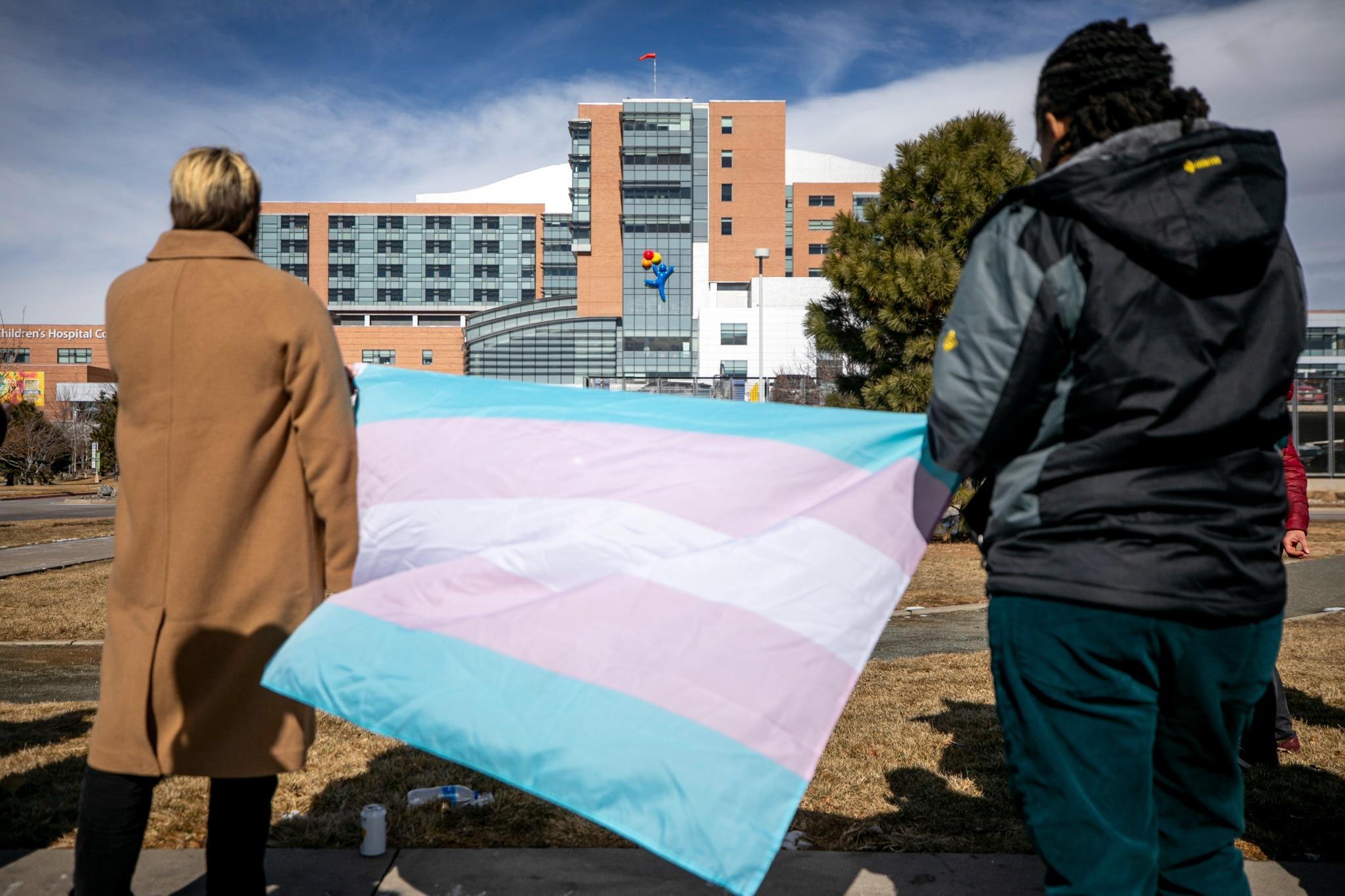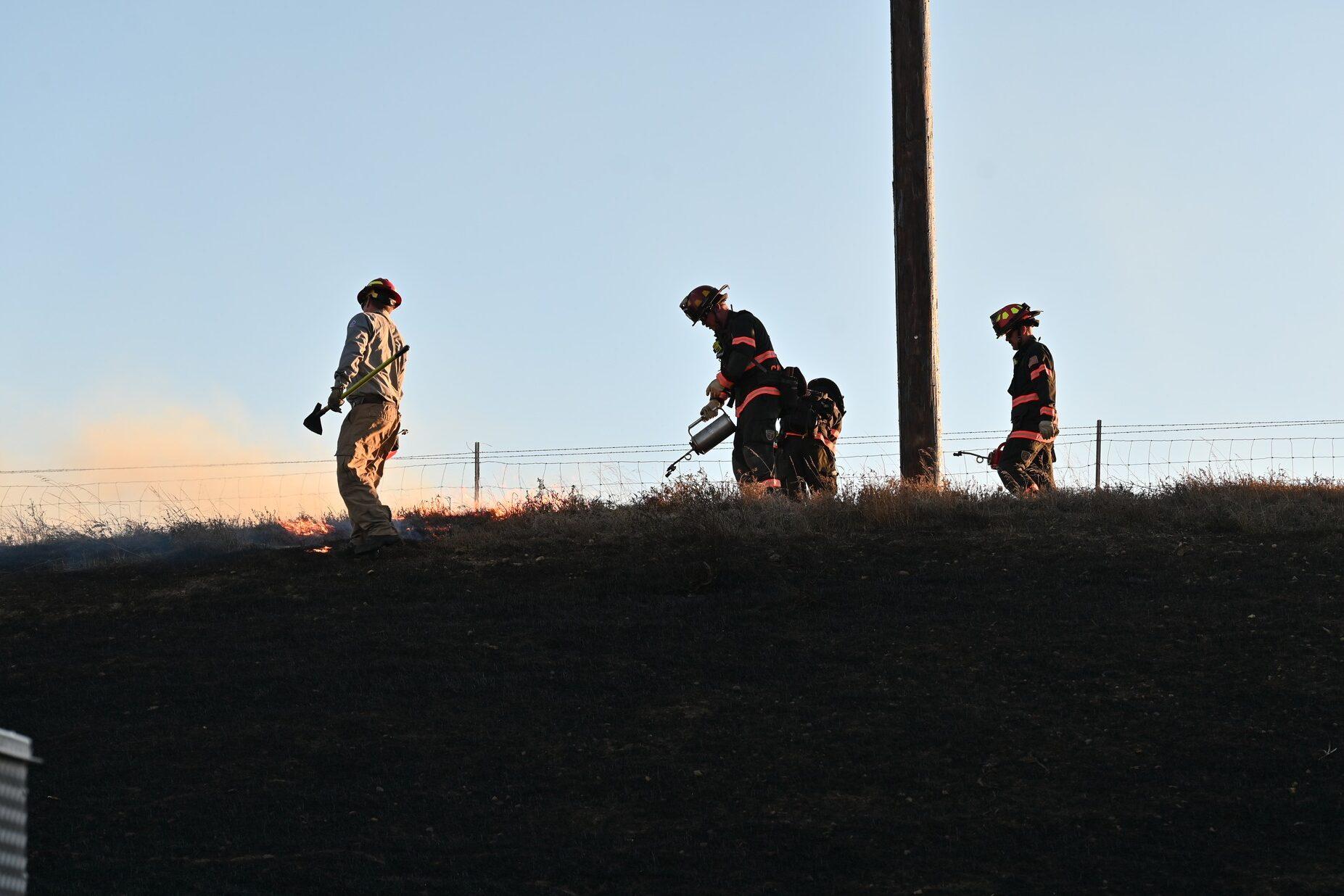
The largest coal-fired power plant in the West, the Navajo Generating Station in Arizona, will likely close at the end of 2019. The Arizona Republic reports that the plant has become more expensive to run compared to natural gas plants. Utilities that run the plant decided to close it, although some stakeholders hope they can find another operator to keep it running, according to The Hill.
In the meantime, Colorado has seen the same forces — both market and policy — at play when it comes to its coal power plants.
Across the United States, a record number of coal-fired power plants have been shut down or switched to cheaper and cleaner-burning natural gas in recent years. Economics aside, federal regulations that sought to limit carbon dioxide emissions were a driver in the past. The Clean Power Plan, an Obama-era initiative, is expected to go away under President Trump and that could tip the balance back to coal as the dominant energy source, according to the Energy Information Association.
Even if the Clean Power Plan goes away, Colorado will still see several coal-fired power plant retirements in the coming years. Currently the state has 11 coal plants that provide 60 percent of the state’s energy mix. Twenty-two percent of the state’s energy comes from natural gas.
The state’s 2010 Clean Air, Clean Jobs Act, which introduced incentives to repower plants with natural gas or install emissions control equipment, has been a big influence on coal’s fate in Colorado. By the end of 2017, Denver and Boulder will no longer have any coal-fired power plants. The Valmont station in Boulder will shut down its one remaining coal-fired generator and continue to operate a natural-gas burning generator. In Adams County at the Cherokee plant, Xcel has already retired three generators, and will convert the remaining coal-fired generator to natural gas by the end of 2017.
Future retirements of Colorado’s coal-fired power plants include Nucla Station (2022), Craig Station Unit 1 (2025) and the Martin Drake Plant in Colorado Springs (2035).









